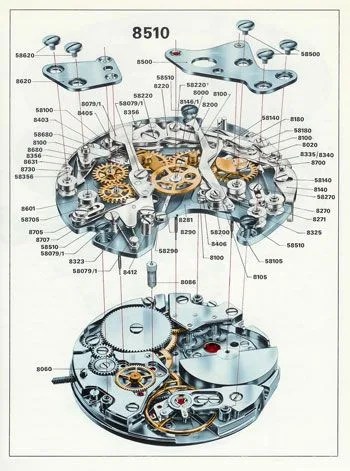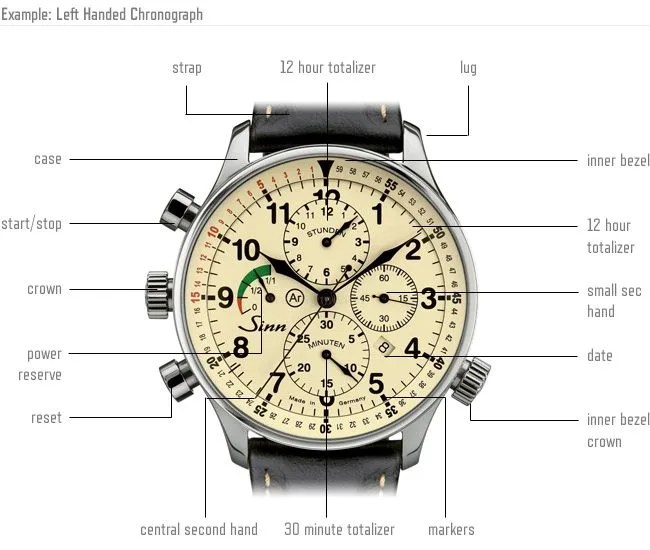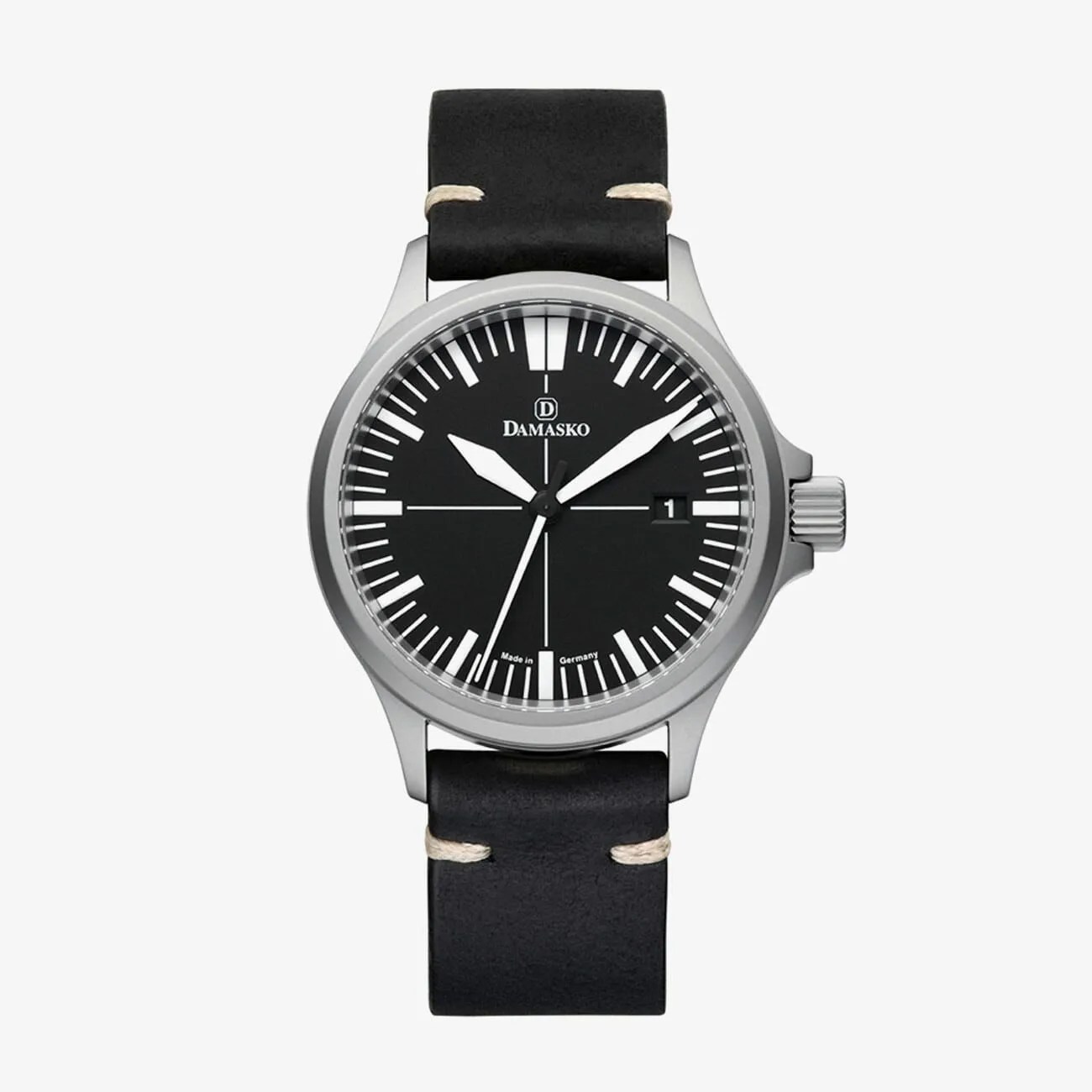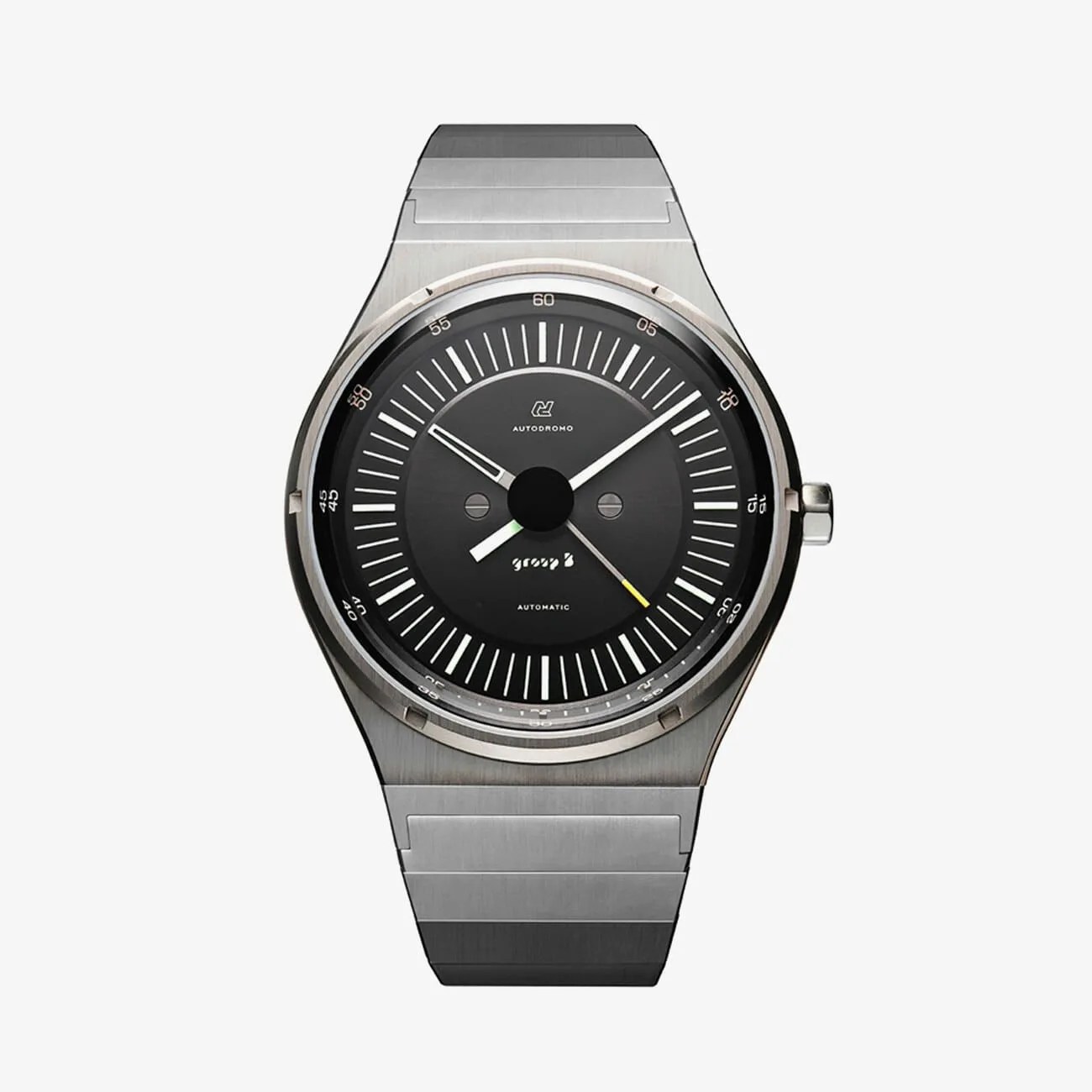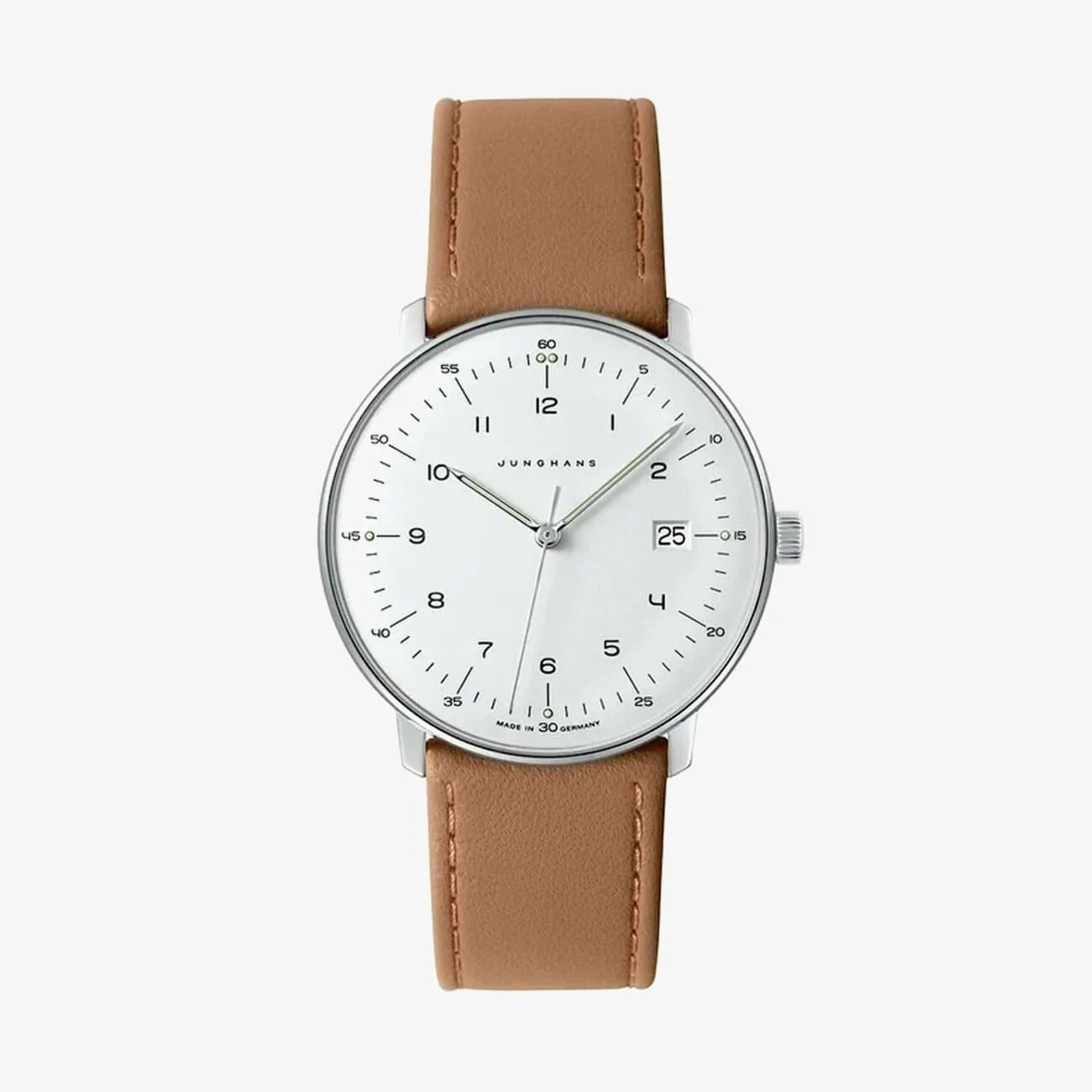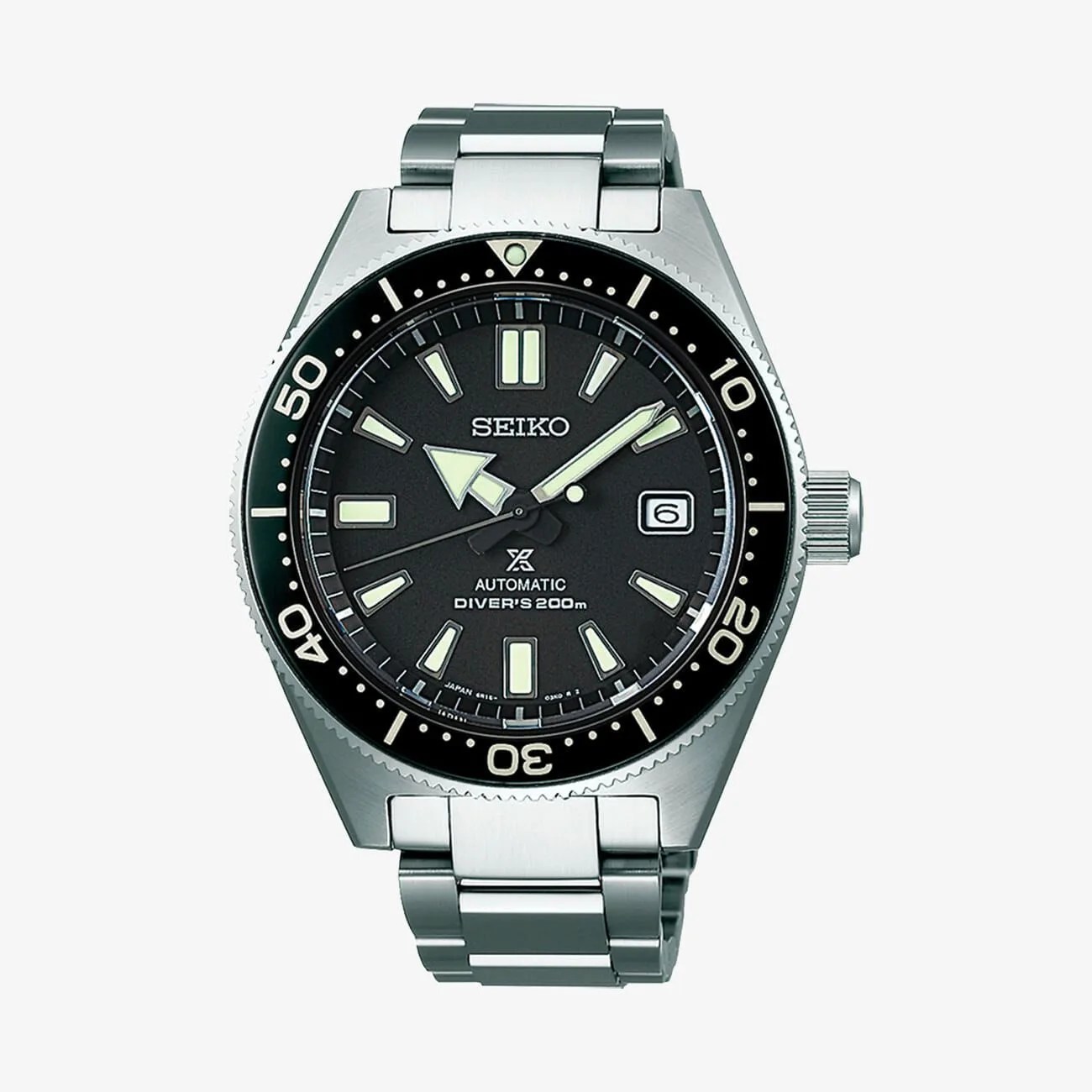Ironically, the resurgent popularity of the wristwatch has come about during an era of iPhones-as-pocketwatches and ubiquitous digital time. With technology largely unchanged since the 19th century, mechanical timepieces are vestigial novelties in this modern age, and they provide a nostalgic counterpoint to our gadget-obsessed culture. They also have a human quality, from the hands that make them to the hands that wind them up.
Venerable watch marques with familiar names are turning out beautiful new models alongside upstart boutique brands and more and more people are strapping on mechanical timepieces. So where do you start? Most new watch collectors aren’t ready to drop $5,000 on a Breitling or Omega. But there are plenty of fine options for just about a grand. There are few things you need to know when you set out to make your first real watch purchase.
It’s What’s Inside That Counts
While battery-powered quartz watches are lightweight, rugged and accurate, they lack soul. Nobody gushes over the stuttering tick-tick of a quartz second-hand and there are no display casebacks on quartz watches. A circuit board and battery don’t inspire awe. Mechanical watches are micro-engineering marvels. Keeping time accurate to within a few seconds a day is the equivalent of hitting a one-inch by one-inch target a mile away with a bullet. Now consider that a mechanical watch does this using a collection of springs and gears with tolerances in the microns. The tiny machine you see when you remove the caseback is called the movement, or calibre, and it is the most important element when you choose your mechanical watch. So let’s go through the basics.
Automatic or Hand-wound?
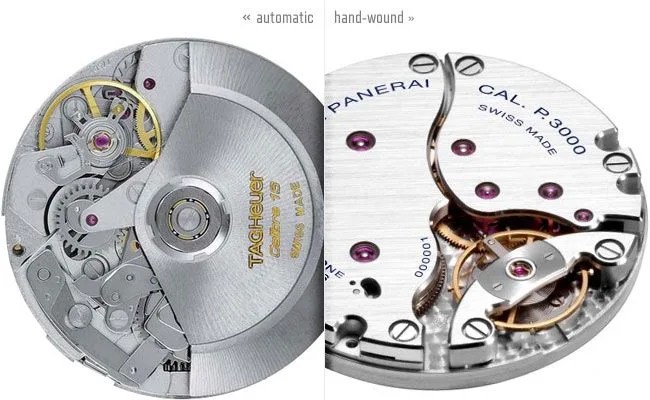
Lacking a battery, a watch movement is powered by the steady unwinding of a tightly coiled strip of metal called the mainspring. Until the early twentieth century, all watches had to be wound by hand daily; that is, turning the crown of the watch until the mainspring is tight. The invention of the self-winding, or automatic, movement was a huge leap forward and meant that, if worn regularly, the watch would never require winding. A swinging weight inside the movement keeps the mainspring tight as you walk the dog, cook dinner or lift a glass of wine.
Whether you get an automatic or a hand-wound watch comes down to preference. Automatics require less attention if you wear it but some people like the daily interaction of winding the watch.

